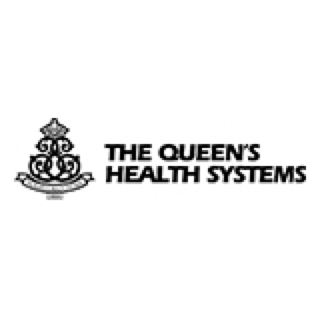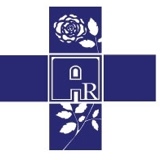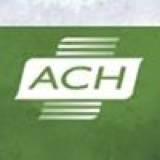Title Page
-
Environment of Care Rounds
-
Campus:
-
Conducted on
-
Prepared by
-
Building
-
Floor
-
Personnel
Safety
-
Employees were observed using safe lifting techniques and good body mechanics.
-
Ergonomic hazards identified and corrected
-
Flashlights and batteries available.
-
Emergency #s are readily available.
-
Gurneys and wheel chairs in good repair.
-
Wheeled equipment in hallway on one side.
-
Supervisor confirmed eye-wash/shower stations are tested weekly and documented.
-
Halls are free of uneven surfaces, cracks, loose tiles, water and other slip, trip, and fall hazards.
Security
-
No personal property at Nurses station.
-
Staff was observed wearing identification badges appropriately.
-
Vendors were observed wearing contractor badges.
-
Doors are secured.
-
Locks functioning as appropriate.
-
Staff personal property secured.
Electrical Safety
-
Electric panels have 3 feet clearance.
-
Medical shut-off panels have 3 feet clearance.
-
Surge protector utilized for office equipment only.
-
No plugging of one surge protector into another (piggyback).
-
Electrical cords in good condition (not frayed, etc.).
Fire Safety
-
Fire Alarms not blocked.
-
Fire extinguishers are not blocked.
-
Fire extinguisher seals are in place.
-
18" storage clearance from top of ceilings.
-
(3') Three feet clearance in corridors and exits clear.
-
Exits are clear from obstruction.
-
Exit signs lit and functioning properly.
-
Fire doors latch properly and completely.
Infection Control
-
Are gloves, gowns, eyewear, and masks readily available?
-
Is clean linen covered?
-
Is clean linen/supplies kept separate from the dirty linen/supply disposal?
-
Are refrigerator logs maintained and up to date in medicine and patient refrigerators?
-
Are medicines and food kept in separate refrigerator?
-
Are needle boxes under 2/3 full or below full line?
-
Were employees eating or drinking in designated areas only? Staff should not have food/drink in patient care areas.
-
Are cleaning products the only things located under sinks? These are the only items allowed under the sinks.
-
Can staff verbalize the proper cleaning/disinfecting procedures for medical equipment in their department (include high level or sterilization processes, if applicable)?
-
Dated medical supplies or dedications are not expired?
-
Patient use furniture in good condition - surface material intact.
-
Is dirty utility room door closed/secured and labeled with appropriate signage?
-
Is staff performing Hand Hygiene appropriately?
-
Are isolation signs posted appropriately and precautions observed?
-
Staff can verbalize PPE requirements for various isolation?
Hazardous Materials / Waste
-
Staff is able to obtain SDS when requested.
-
Oxygen and other gas tanks stored upright in designated holding areas and in approved containers/canisters.
-
Combustibles stored in proper containers and storage kept to a minimum.
-
Hazardous chemicals properly labeled and stored.
-
Bio-hazardous wastes are appropriately labeled.
-
All cleaning solutions are labeled.
Questionnaire / Employee Interview
-
Staff able to answer: What response plan is implemented for Code Red?
-
Staff able to answer: What does the acronym PASS stand for?
-
Staff able to answer: What is the clearance requirement from the ceiling while storing.
-
Staff able to answer: What do you do if you see suspicious person(s) or activity?
Ergonomic Questionnaire
-
Does employee/staff know or demonstrate the proper technique of lifting patients?
-
Is the employee/staff able to articulate some of the safe ergonomic practices?
-
Does employee/staff know whom to notify in an event of an employee injury?











